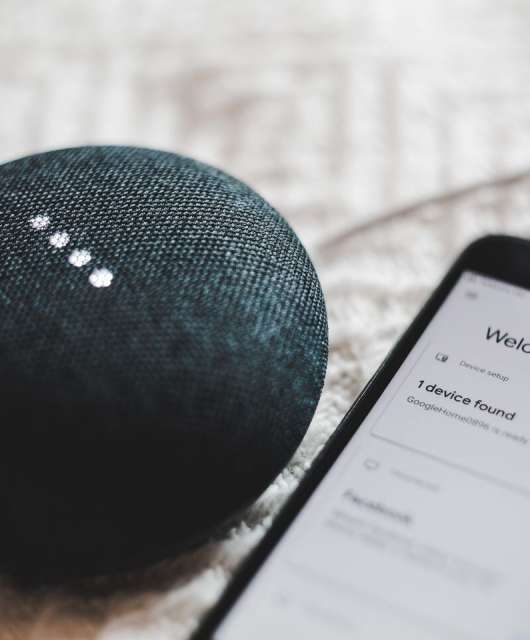Smart TVs sit at the heart of many home entertainment systems. Offering internet connectivity, streaming services, and advanced features like voice commands, these TVs allow consumers to watch shows and movies whenever and however they choose.
Researchers have discovered that these devices come with significant security risks that many people do not even know exist. A recent report by UK consumer advocacy group Which? highlights the vulnerabilities of smart TVs, particularly those stemming from limited software support and potential exploitation by hackers.
Smart TV software won’t be updated for long
Regular software updates are vital, helping to fix security vulnerabilities in the Smart TV’s operating system. However, the Which? report found that many smart TVs are only supported with software updates for two to three years after their launch.
Popular brands like Sony, LG and Samsung tend to offer a maximum of three years’ worth of fixes and updates. A Smart TV bought in the January 2022 sales may already be at risk of hacking or malware infection.
How hackers may attack your Smart TV
Smart TVs can be vulnerable to attack because of their internet-connected nature and built-in features like cameras and microphones. These devices often run on operating systems similar to those found in smartphones (particularly Android), making them susceptible to hacking.
These risks are not purely hypothetical either – there are already examples of smart TVs being attacked around the world:
- In 2017, Trend Micro identified a ransomware variant called FLocker that targeted Android-based smart TVs. It could collect sensitive data such as location information, phone numbers, and photos, sending that information to hackers for use in other crimes, like identity fraud.
- In 2013, bots were found stealing login credentials from smart TVs and other devices. This places anyone who reuses passwords in great danger of account compromise elsewhere.
- A 2018 investigation by Consumer Reports uncovered security flaws in Samsung and TCL smart TVs that allowed hackers to control the devices remotely. They could change channels, increasing TV volume, or disconnect the device from Wi-Fi.
- It’s not just hackers at fault either. The Federal Trade Commission (FTC) fined Vizio $2.2 million for tracking users’ viewing habits without consent and selling this data to advertisers.
It’s also worth noting that many smart TVs send usage data back to the manufacturer of the device – something buried in the terms of use that many consumers miss.
How can I tell if my Smart TV has been hacked?
Just like with a malware-infected computer, a compromised smart TV may begin to behave strangely. You might notice:
– Unexpected pop-up ads or messages
– Sluggish performance
– Unfamiliar apps appearing on your device
– Changes in settings without your input
– An unresponsive remote control
How can you secure your smart TV?
There are a few steps you should take to safeguard your devices:
- Enable auto-updates: Always keep your TV’s software up-to-date. Opting out of updates could leave your device exposed to vulnerabilities.
- Secure your network: Use strong passwords for your Wi-Fi connection and router itself. Consider installing a virtual private network (VPN) for added protection as this encrypts internet traffic, making it much harder for hackers to intercept and abuse.
- Lockdown unused features: Disable unused features like microphones or cameras when not in use. Some people also choose to physically cover their cameras as an added layer of protection.
- Treat apps with caution: Avoid downloading apps or content from unverified sources which may contain malware or spyware.
- Check the privacy settings: Review the manufacturer’s privacy policies and adjust settings to limit data collection where possible. Does your Smart TV manufacturer really need to know the shows you watch, or are they simply reselling that information to marketers?
Smart TVs have changed the way we watch television – but they also come with hidden risks that can compromise both privacy and security. With limited software support from manufacturers and increasing cyber threats targeting connected devices, you must remain vigilant. Taking the steps described here will allow you to enjoy the benefits of smart technology without compromising your safety.







